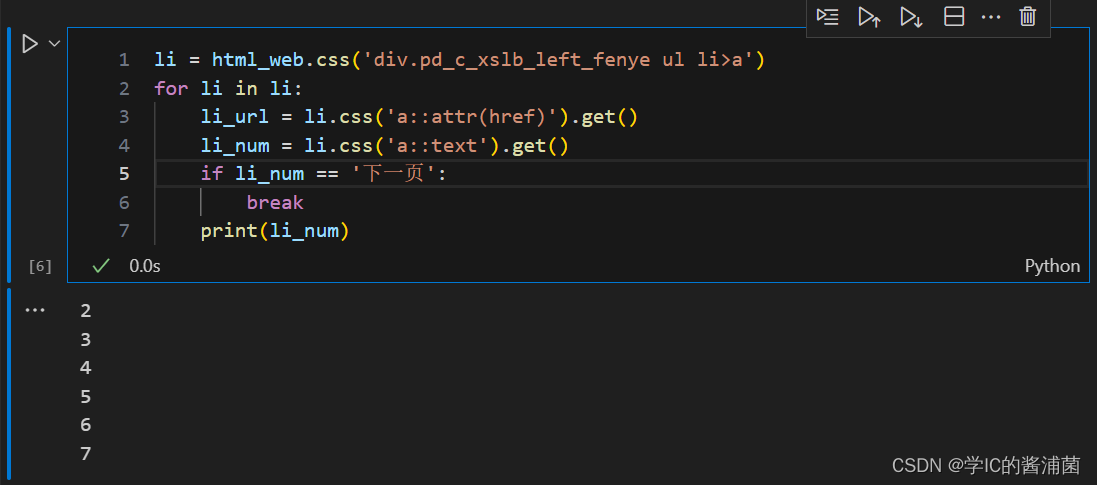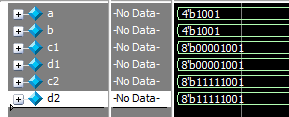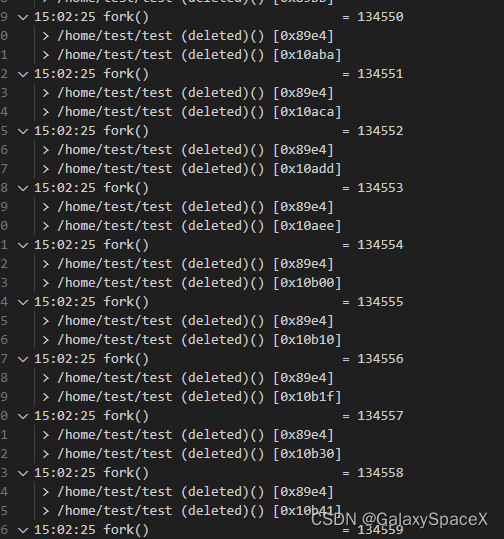文章目录
- 四、模板初阶
- 2. 类模板
- 五、STL简介
- 1. 什么是STL
- 2. STL的六大组件
- 3. 如何学习STL
- 六、string类
- 1. string类对象的容量操作
- 未完待续
四、模板初阶
2. 类模板
函数模板就是:模板 + 函数;类模板就是:模板 + 类。和函数模板用法基本相同。类模板实例化与函数模板实例化不同,类模板实例化需要在类模板名字后跟<>,然后将实例化的类型放在<>中即可,类模板名字不是真正的类,而实例化的结果才是真正的类。
#include<iostream>
using namespace std;
template<class T>
class Stack
{
public:
void push(const T& x)
{
//
}
private:
T* _a;
int _top;
int _capacity;
};
int main()
{
// 这里就是将类模板显示实例化
Stack<int> s1;
Stack<double> s2;
return 0;
}
声明和定义分离则这样用:
#include<iostream>
using namespace std;
template<class T>
class Stack
{
public:
void push(const T& x);
private:
T* _a;
int _top;
int _capacity;
};
template<class T>
void Stack<T>::push(const T& x)
{
//
}
int main()
{
return 0;
}
注意:类模板不能声明和定义分两个文件。(在当前)
五、STL简介
1. 什么是STL
STL(standard template libaray-标准模板库):是C++标准库的重要组成部分,不仅是一个可复用的组件库,而且是一个包罗数据结构与算法的软件框架。
2. STL的六大组件

3. 如何学习STL
非常简单的一句话:学习STL的三个境界:能够熟用STL;了解泛型编程的内涵;能够拓展STL。
六、string类
- string 是表示字符串的字符串类
- 该类的接口与常规容器的接口基本相同,再添加了一些专门用来操作string的常规操作.
- string在底层实际是:basic_string模板类的别名,typedef basic_string<char, char_traits, allocator> string;
- 不能操作多字节或者变长字符的序列。
在使用string类时,必须包含#include头文件以及using namespace std;
我们来浅尝一下 string 。这是 string 类的构造函数的链接

具体内容可以看上面的链接。我们来实现一下。(其实完全不需要全都掌握,只需要掌握几个常用的即可,其他的偶尔看看文档就行)
#include<iostream>
#include<string>
using namespace std;
void test1()
{
string s1;
string s2("Hello,World!");
string s3(s2);
string s4(s2, 5, 3);
string s5(s2, 5, 10);
string s6(s2, 5);
string s7(10, '#');
cout << s1 << endl;
cout << s2 << endl;
cout << s3 << endl;
cout << s4 << endl;
cout << s5 << endl;
cout << s6 << endl;
cout << s7 << endl;
}
int main()
{
test1();
return 0;
}
结果:
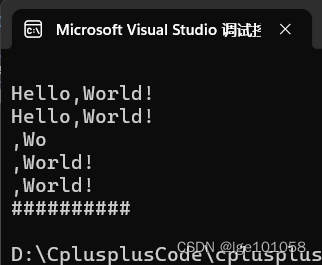
咦?cout 为什么能输出 string类 ?原因库里面已经自动实现了重载流插入和流提取函数,也实现了赋值重载函数。

1. string类对象的容量操作
链接

#include<iostream>
#include<string>
using namespace std;
void test2()
{
string s1("Hello,World!");
// size函数返回字符串的长度
for (size_t i = 0; i < s1.size(); ++i)
{
// 重载 s1.operator[](i) 可读可写
cout << s1[i] << ' ';
}
cout << endl;
for (size_t i = 0; i < s1.size(); ++i)
{
// 可写
++s1[i];
cout << s1[i] << ' ';
}
cout << endl;
}
int main()
{
test2();
return 0;
}
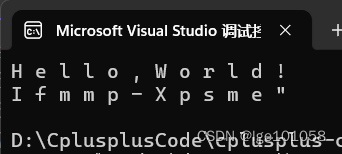
函数重载,多一个带 const 修饰的函数,const 对象则调用这个,使其可读不可写。

string还有一种遍历方法,就是 迭代器(iterator)。

iterator 是一个类型,在类域里面。
#include<iostream>
#include<string>
using namespace std;
void test3()
{
string s1("Hello,World!");
// iterator是一个类型,在类域里面,需要被类作用域包含
// it是变量名称
// 成员函数begin返回一个iterator(迭代器),指向字符串的起始位置
// 可以省事写成 auto it = s1.begin()
string::iterator it = s1.begin();
// end函数和begin一样,只是指向字符串的末尾的下一个地址(因为老美喜欢左闭右开的形式)
while (it != s1.end())
{
cout << *it << ' ';
++it;
}
cout << endl;
}
int main()
{
test3();
return 0;
}
结果:
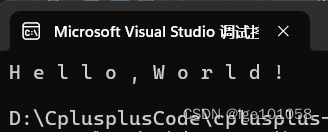
注意:迭代器是行为像指针的一个类型,但其不一定是指针。
范围for 也能遍历容器,但是范围for在底层还是迭代器。
for (auto e : s1)
{
//
}
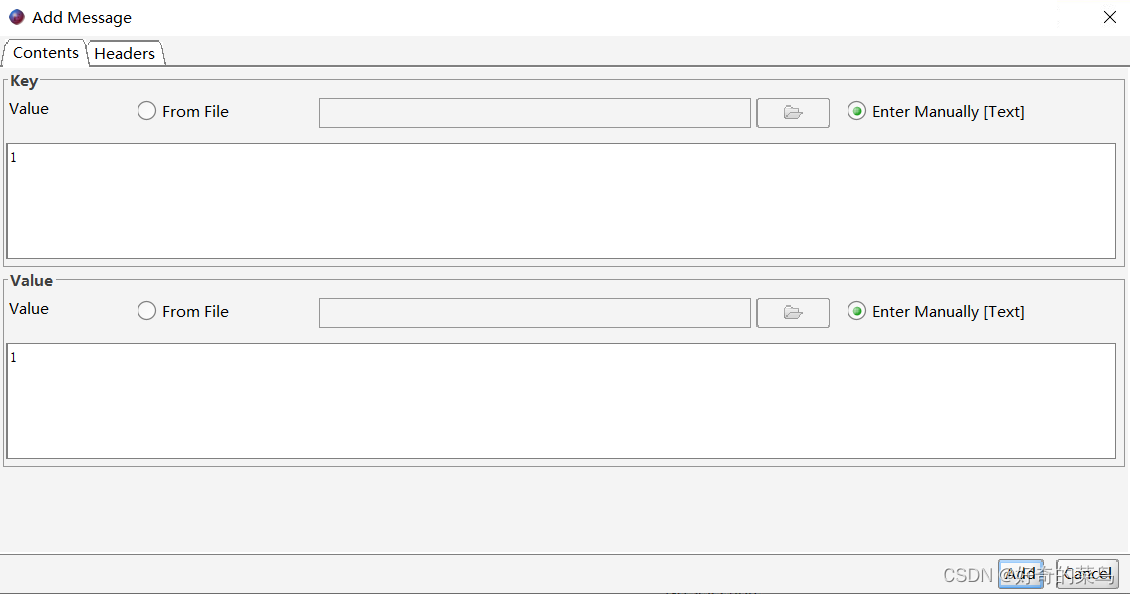
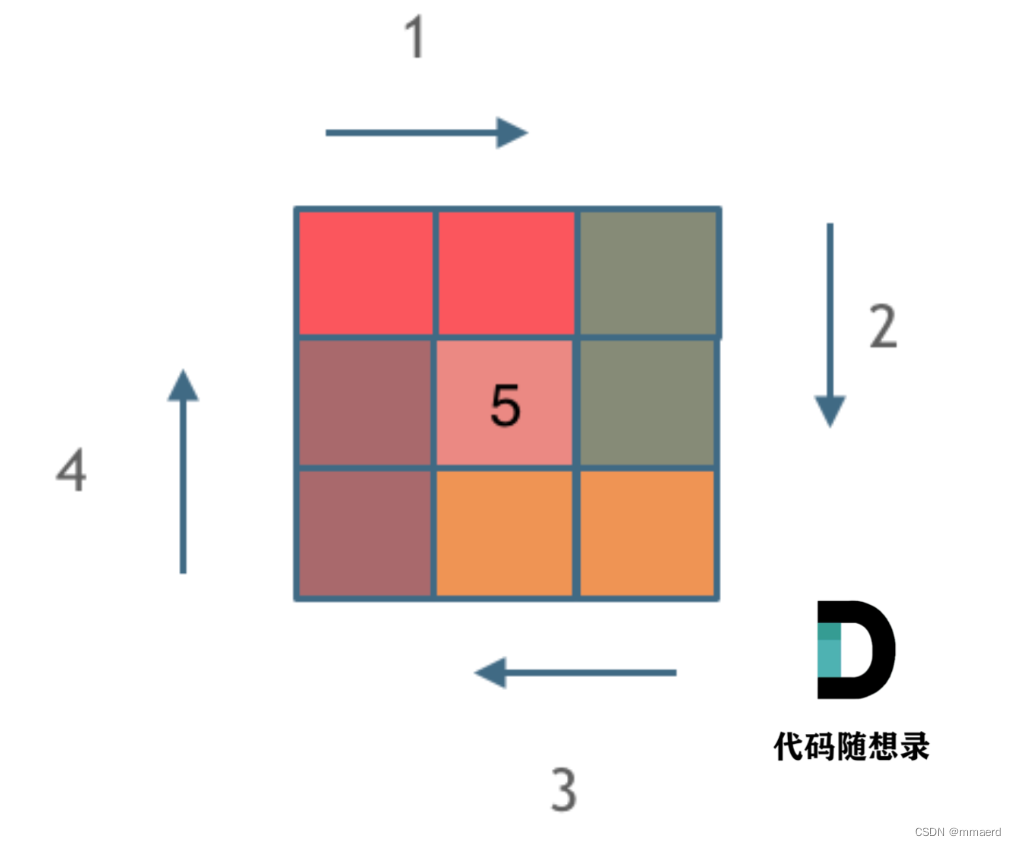
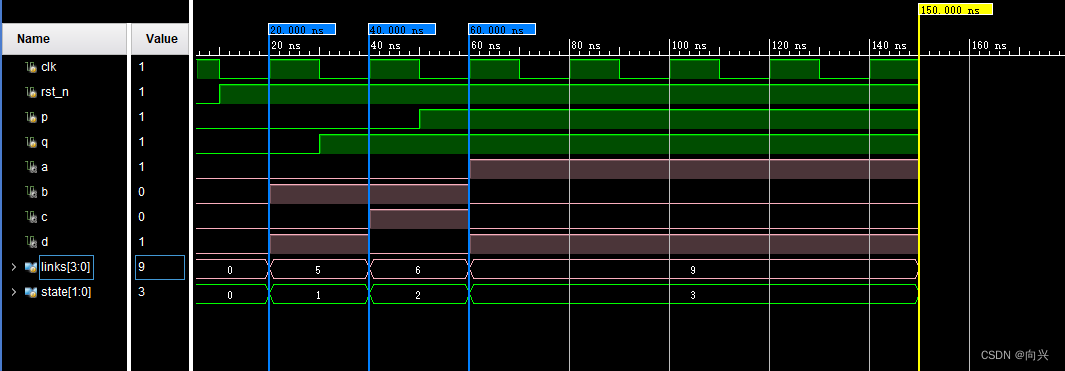

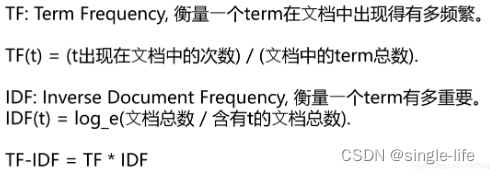
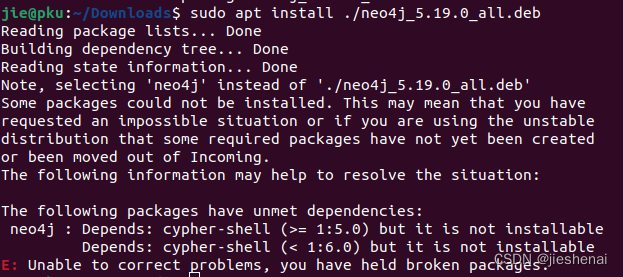
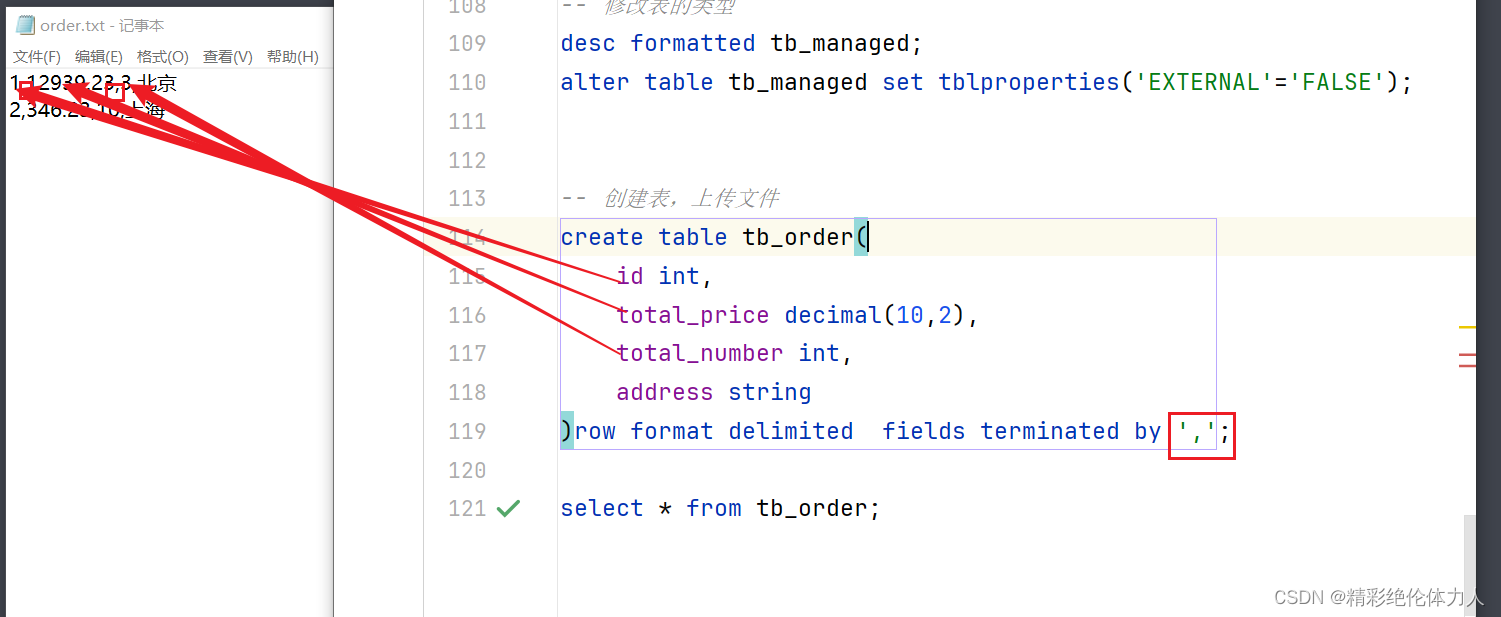


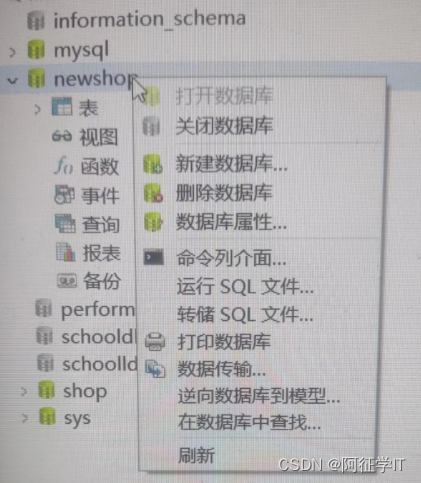
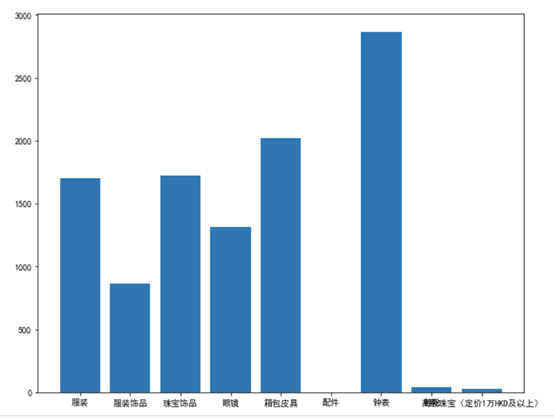

![AD21技巧[更加便捷的DRC检查][把线框转成Keep-Out Layer板框]](https://img-blog.csdnimg.cn/direct/1b36524dd1054bb29bc78f48a7a7d219.png)
![[Android14] SystemUI的启动](https://img-blog.csdnimg.cn/direct/840460aceb7d488cb2ae8a93c2980a43.png)


